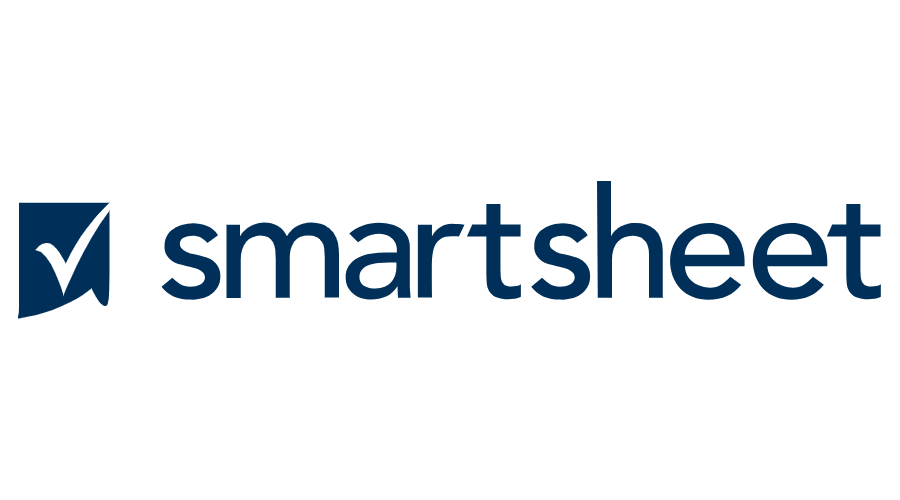Everyday work is more than what happens at the task level. You may think updating spreadsheets and responding to emails are low-value chores, but these and countless other tactical to-dos impact how the larger mission is carried out. How task-level activities get done reflect the health and success of strategic-level goals and initiatives.
However, some federal agencies are missing out on the efficiencies and insights that can be captured at the tactical level.
A survey commissioned by Smartsheet, a cloud-based work management platform provider, found that 76% of government officials estimate that using collaborative work management software could increase their organization’s efficiency. However, nearly one in three federal workers today are prevented from achieving success because their teams are siloed.
Federal workers need visibility and access to information if they’re expected to collaborate with others and make informed decisions. By extension, executives are missing out on the value that comes with aligning execution to strategy: making data-driven decisions and acting quickly with accurate, real-time information for better mission outcomes.
Government agencies can’t count on existing productivity or collaboration tools to solve a problem that requires a different way of working.
“We spend so much time in government analyzing the problem, imagining the perfect solution and thinking about edge cases rather than trying to build momentum and deliver value,” said Nick Sinai, Senior Advisor at Insight Partners and former U.S. Deputy Chief Technology Officer.
The Solution
To build momentum, “simple is powerful,” Sinai said. You need a culture that connects the tactical with the strategic. The key is to democratize realtime information with tools that are easily usable and widely accessible.
One federal civilian agency that uses Smartsheet to collaborate, manage projects and share data has seen the following improvements:
- Executives see the real-time status of the agency instead of being limited to a historical view of the previous quarter.
- Teams collaborate more effectively, deliver continuously and are more agile while managing a variety of projects.
- New team members get up to speed on initiatives quickly.
- Employees understand concrete ways their work fits into the larger picture by seeing how their projects and metrics roll up into an executive-level dashboard, for instance, or a public-facing service.
Setting an organization up for strategic success is about transparency, and finding ways to provide it without complexity. Rather than assuming reasons behind a blocked initiative for instance, with a transparent collaboration tool, team members can see the complexity of other gears that play into a project.
“There’s something really powerful in enabling wide accessibility and democratizing information work,” Sinai said. “The magic of a platform like Smartsheet is that it can work with just about anybody, and it can work with just about any type of data and system. That simplicity and extensibility is powerful, in part because it lets you build that momentum. And that’s key to being effective in government — showing that you can deliver value and get people excited.”
This article is an excerpt from GovLoop’s guide “Your Data Literacy Guide to Everyday Collaboration.”






Leave a Reply
You must be logged in to post a comment.